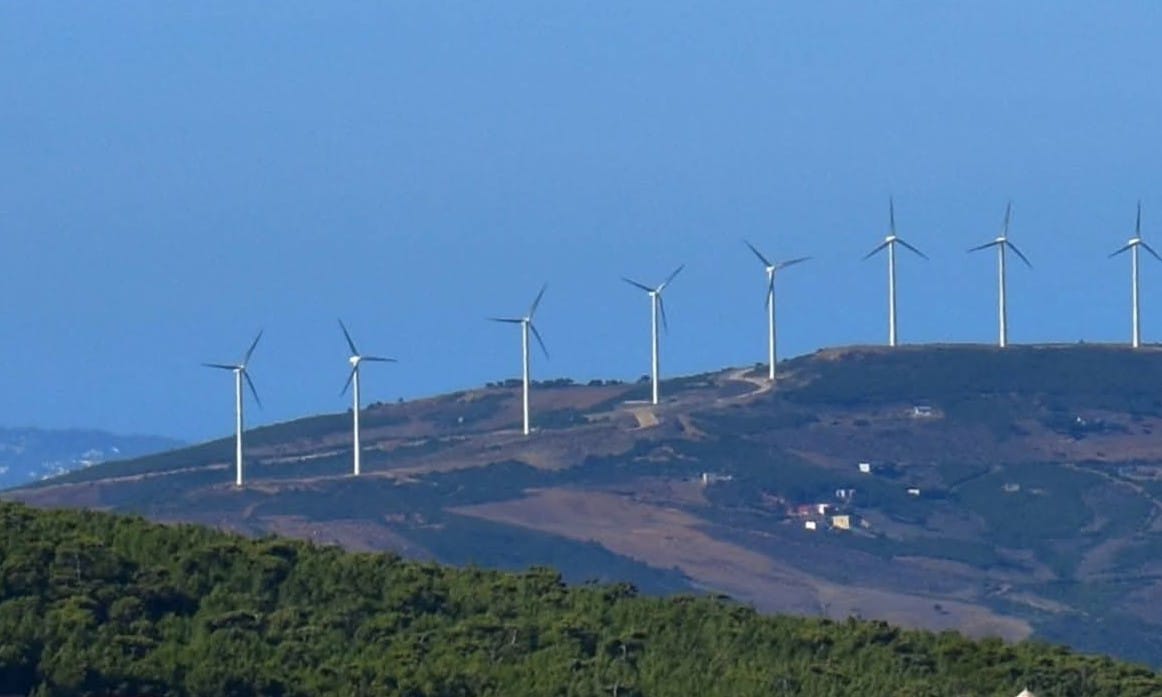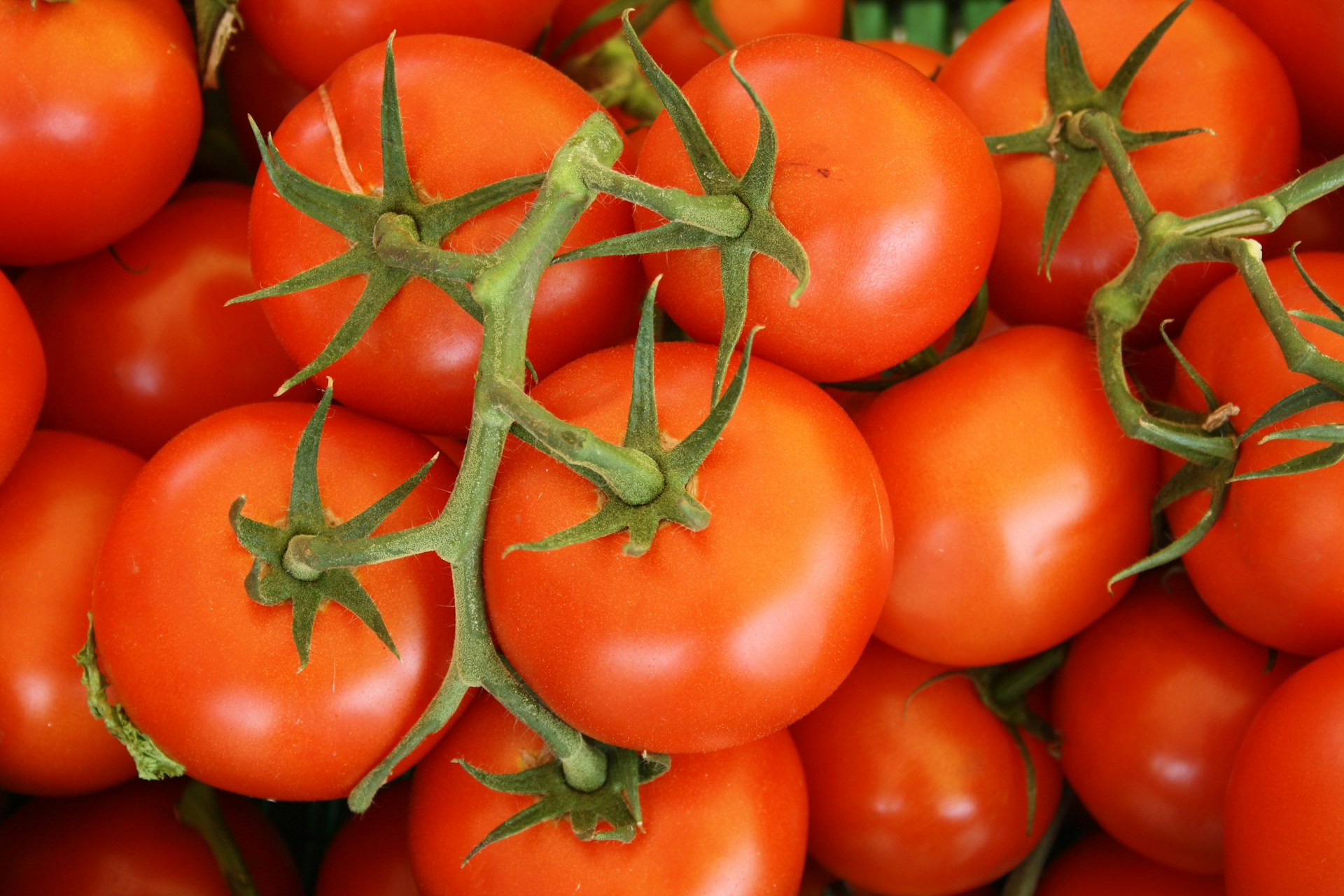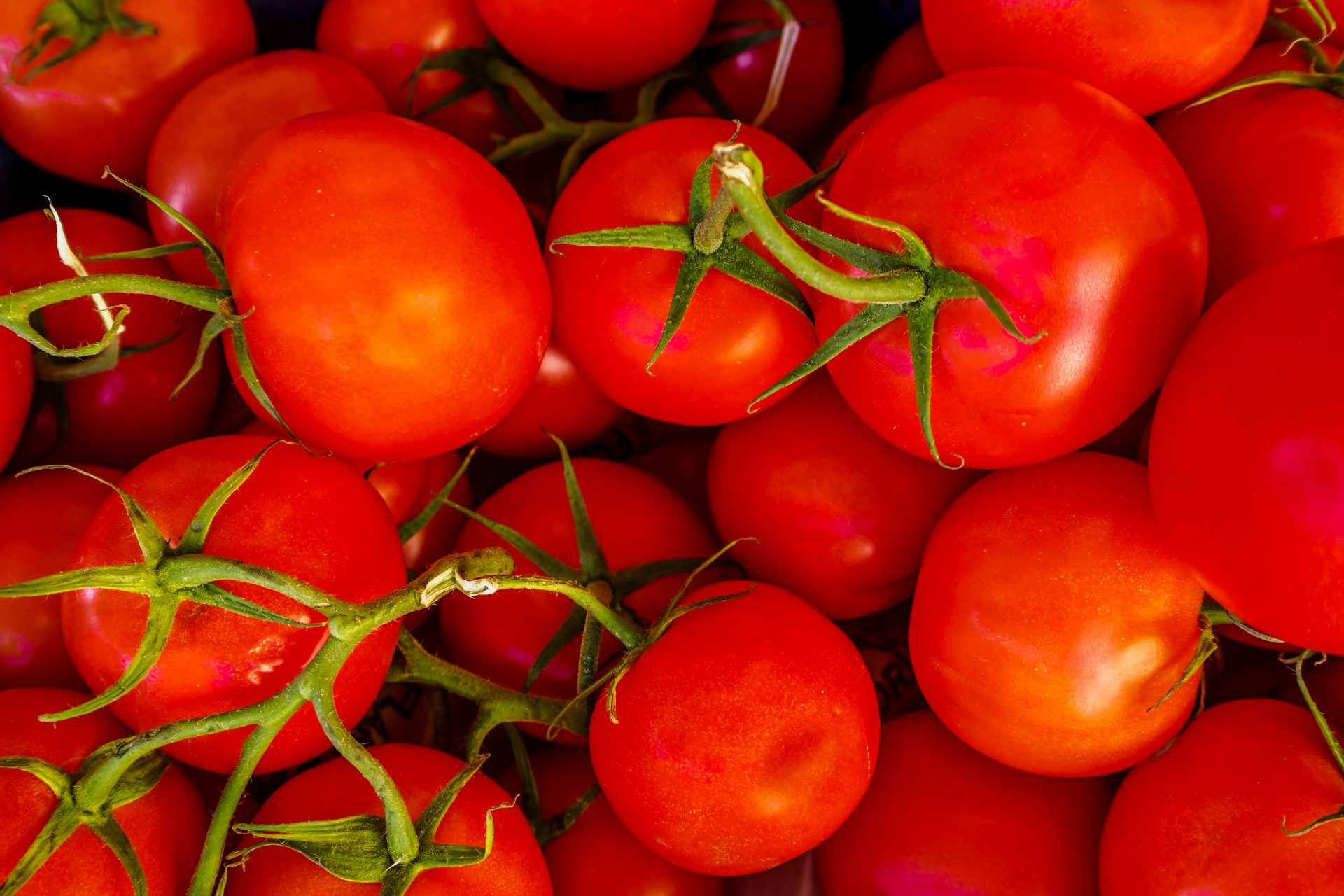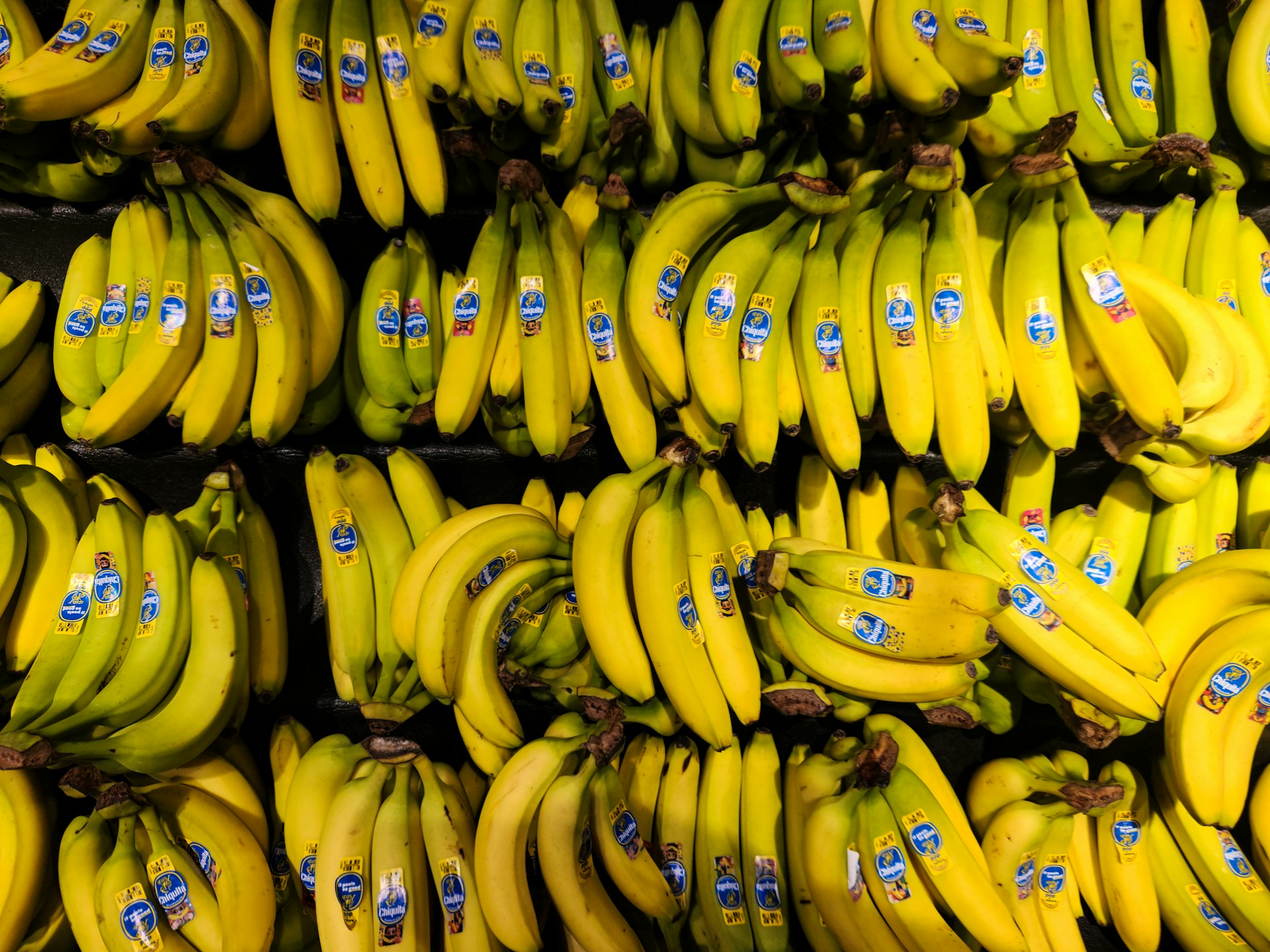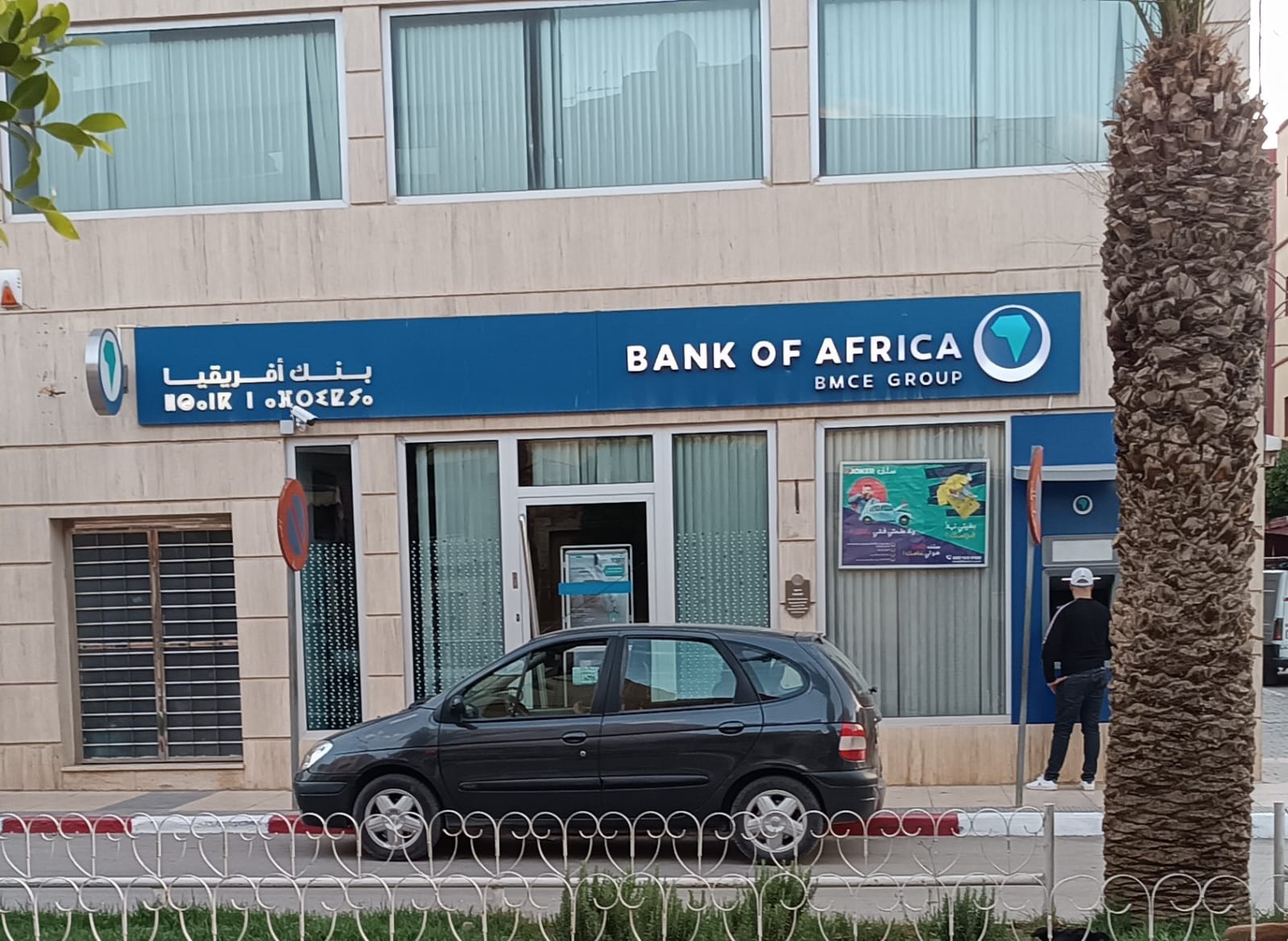Casablanca – Moroccan tomato exports to Spain recorded exceptional growth over the 12-month period from June 2024 to May 2025, strengthening the country’s position as one of Europe’s leading fresh produce suppliers. According to official Spanish trade and customs data, Spain imported approximately 80.29 million kilograms of Moroccan tomatoes during this period—an increase of 40.33% compared with the same timeframe in 2023/2024.
The shipments generated around $125.09 million in revenue for Moroccan exporters, based on an average price of $1.48 per kilogram. Analysts attribute this growth to a combination of competitive pricing, consistent quality, and Spain’s increasing reliance on Moroccan produce to meet domestic demand, especially during periods when local production cannot fully supply the market.
Seasonal fluctuations in prices and volumes
Trade records indicate that December 2024 was the peak month for export volumes, reflecting Morocco’s ability to supply during the European winter when Spanish output is lower. In contrast, May 2025 registered the highest average wholesale price for Moroccan tomatoes at $2.06 per kilogram, signaling tighter supply conditions at the end of the season.
Throughout the year, prices fluctuated sharply due to seasonal availability and market pressures. Between February and April 2025, wholesale prices remained between $1.72 and $1.78 per kilogram, while October 2024 saw the lowest average at $1.10 per kilogram. This volatility underscores the sensitivity of the tomato market to both production cycles and logistical factors.
Interestingly, while wholesale prices peaked in May, farmgate prices received by producers in Spain’s main tomato-producing province, Almería, fell to just $0.53 per kilogram—reflecting the competitive pressure Moroccan imports exert on local growers. Conversely, October was the most profitable month for Spanish farmers, with an average of $1.46 per kilogram.
Regional breakdown of Spanish imports
Spain’s tomato imports from Morocco are concentrated in a handful of key provinces, each with distinct purchasing patterns and price points:
- Almería: The leading importer, purchasing 13.71 million kilograms worth $17.34 million, at an average price of $1.26 per kilogram. The province increased its imports by over 27% year-on-year.
- Granada: Ranked second with 9.62 million kilograms valued at $13.92 million, averaging $1.44 per kilogram.
- Murcia: Imported 8.17 million kilograms for $6.93 million, but paid the lowest average price in Spain at just $0.85 per kilogram.
- Barcelona: Brought in 6.01 million kilograms valued at $9.61 million, with an average of $1.59 per kilogram.
- Madrid: Imported 2.82 million kilograms worth $4.65 million, recording the highest national average price at $1.65 per kilogram.
The price disparities between provinces reflect differences in supply chains, buyer preferences, and market positioning.
Drivers behind the growth
Experts highlight several factors driving Morocco’s expanding market share in Spain:
- Competitive production costs – Morocco benefits from lower labor and input costs compared to Spain, enabling competitive pricing even after accounting for logistics.
- Climatic advantage – The country’s favorable climate allows for extended production seasons, helping fill supply gaps in the European winter and early spring.
- Trade frameworks – Existing agricultural trade agreements between Morocco and the European Union facilitate reduced tariffs and streamlined customs procedures.
- Market diversification – Moroccan exporters have adapted their product offerings to meet varying quality and size specifications required by different Spanish markets and retail chains.
Impact on the Spanish market
While Spanish importers benefit from a stable and cost-effective supply of tomatoes, the surge in Moroccan imports has been a point of contention for domestic producers. Farmers in Almería and other tomato-growing regions have expressed concerns about downward price pressures, especially during periods of overlapping harvests.
However, industry analysts note that Moroccan imports largely complement rather than replace Spanish production, as they cover seasonal shortages and meet rising consumer demand in supermarkets and wholesale markets. The price peaks observed in early 2025 indicate that even with increased imports, demand remains strong enough to sustain higher market prices at certain times of the year.
Outlook
With Moroccan tomato exports to Spain showing strong upward momentum, the trend is expected to continue in the short to medium term, provided weather conditions remain favorable and logistical channels operate smoothly. The country’s agricultural sector is also investing in modern greenhouse technologies and post-harvest handling facilities, which could further improve competitiveness in European markets.
At the same time, Spanish producers are likely to continue lobbying for safeguards against what they perceive as unfair competition. The European Commission’s monitoring of agricultural imports under customs code 0702 (tomatoes) will therefore remain a key reference for policymakers and market participants.
Overall, the $125 million tomato trade flow between Morocco and Spain in 2024/2025 underscores the growing interdependence of the two countries’ agricultural sectors, with Morocco cementing its role as a strategic supplier to one of Europe’s largest fresh produce markets.





